Behind the Products: Woven Bowl

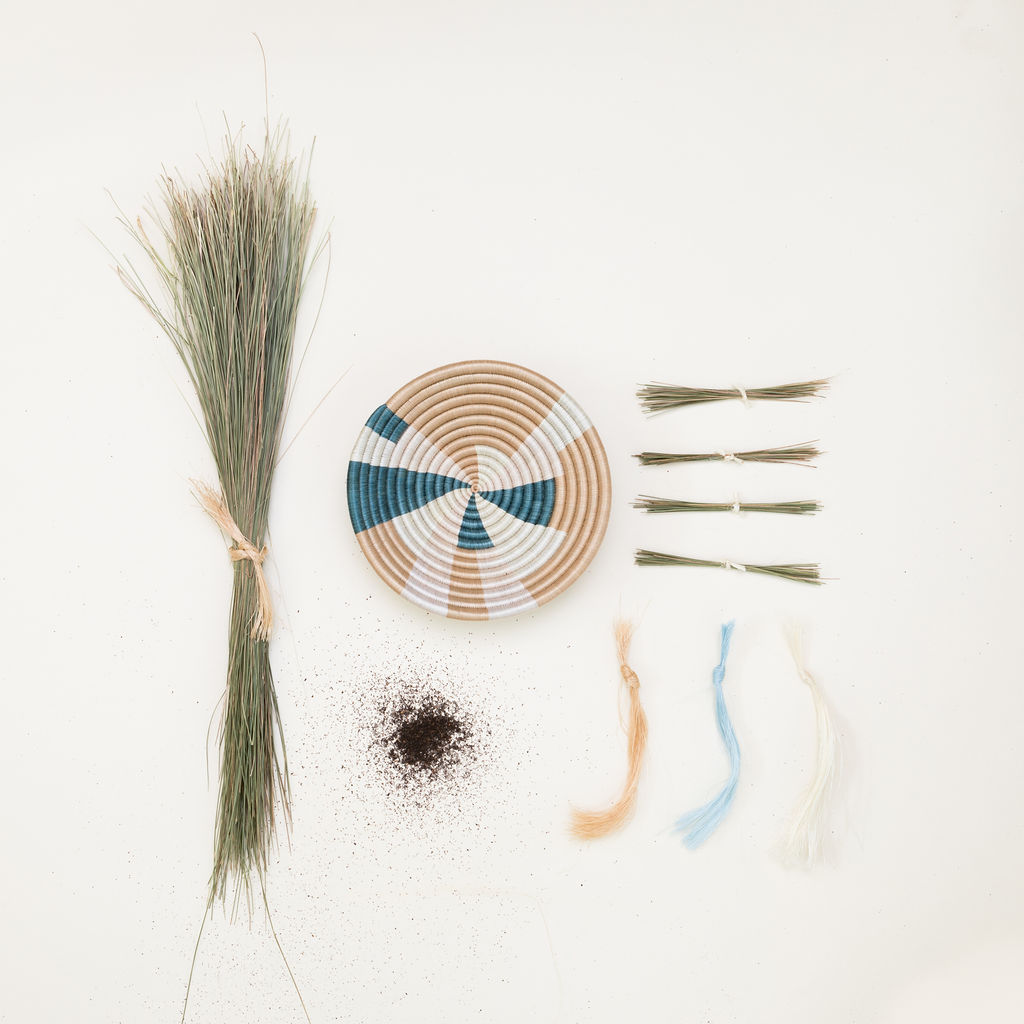

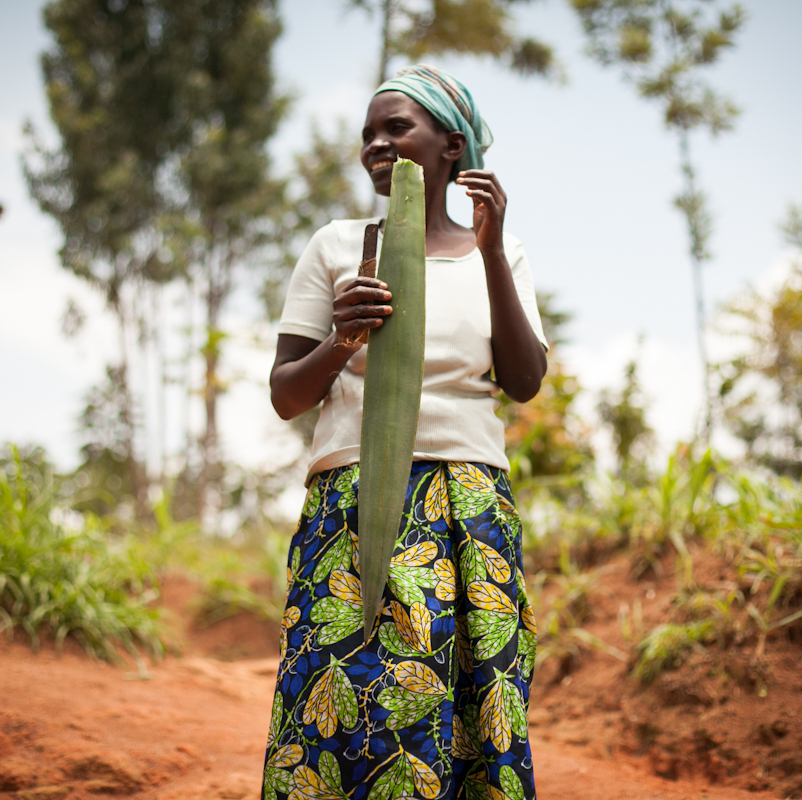
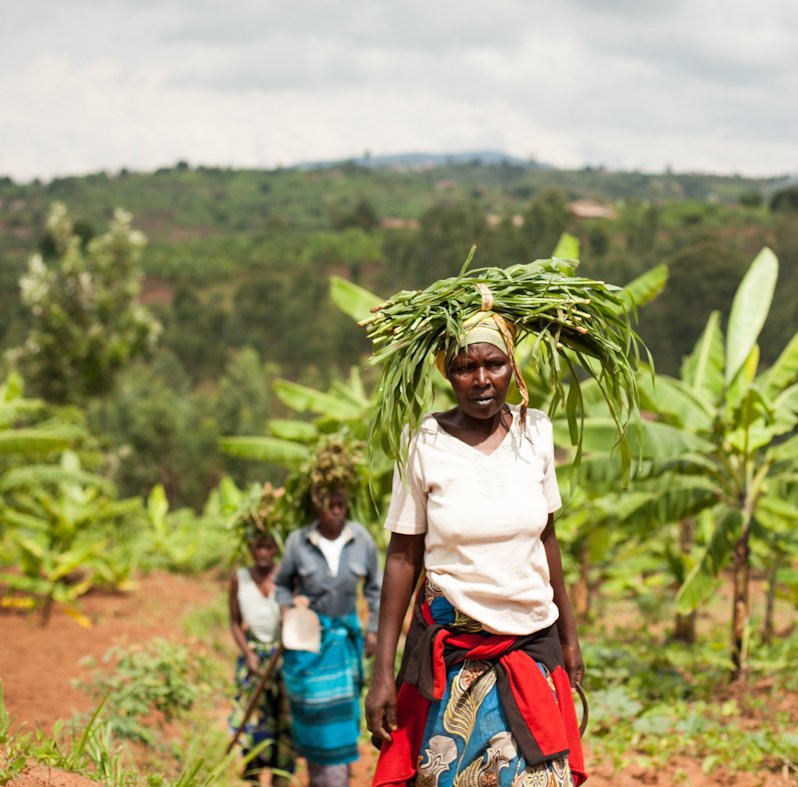
Sisal fibers come from the agave plant, which grows on Rwanda’s hills. A machete is used to cut one of the long, spikey outer leaves, leaving the plant to continue growing. Artisans strip off the green fleshy parts of the leaf, revealing strong, thin, white fibers.

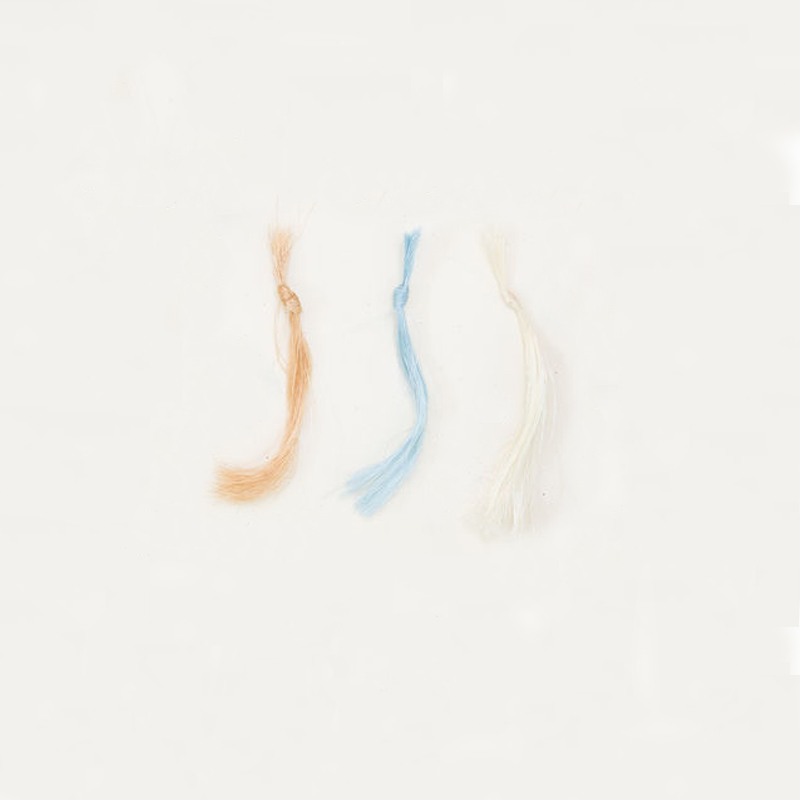
The sisal fibers are washed then either left in their raw state or dyed in a pot over an open fire using tea leaves or our specialty dyes. The fibers are dried in the shade and the team makes sure that the color is a match to our design.

The artisan threads a few fibers of sisal through a needle and begins stitching a tiny coil around a small bunch of forest grasses. Bowls are woven into the artisan’s life. Cook, weave, nurse the baby + weave, hoe the fields, weave, bathe the kids, weave some more. Days of the the artisan’s life are woven into each bowl.
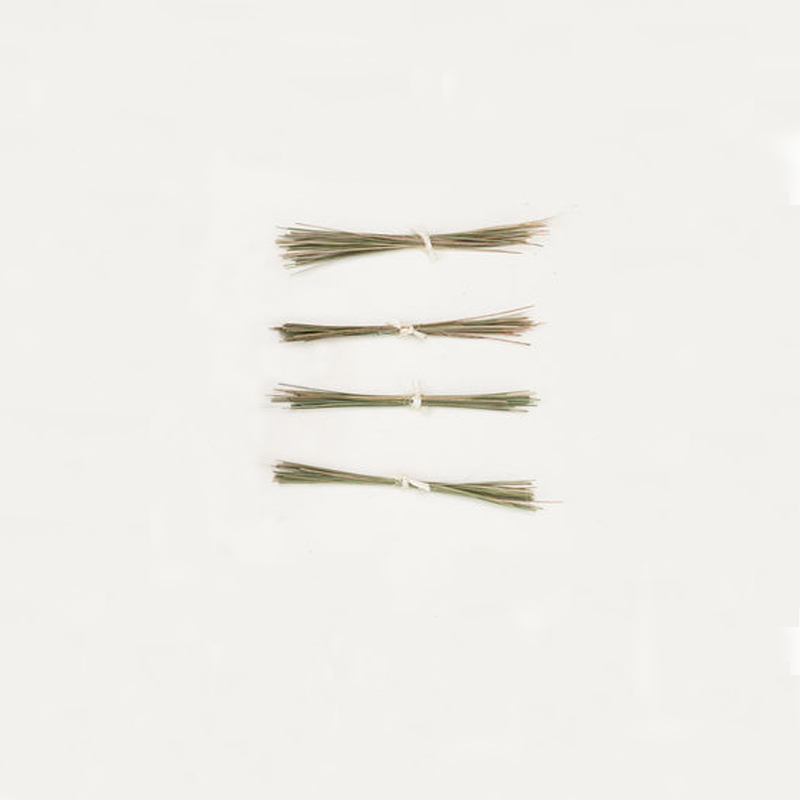
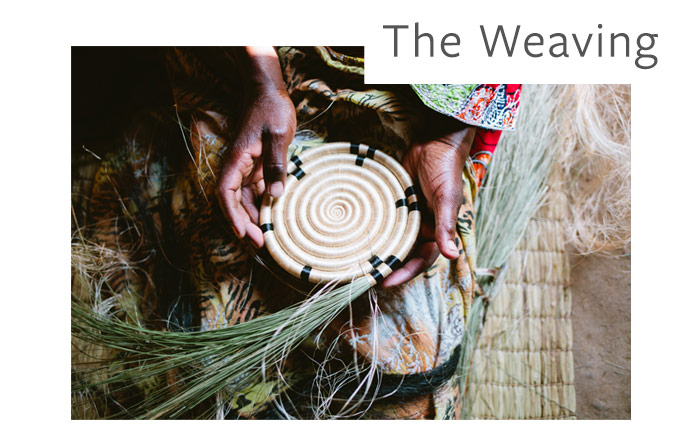
Each row is secured, stitch by stitch, upward, outward, until the bowl takes shape. The weaver incorporates different colored sisal threads in small segments to create a perfectly-balanced pattern.
More than 4554 stitches goes into each medium bowl. And with every stitch, the artisan has her family in mind. Each bowl is a testament to craft and a labor of love.


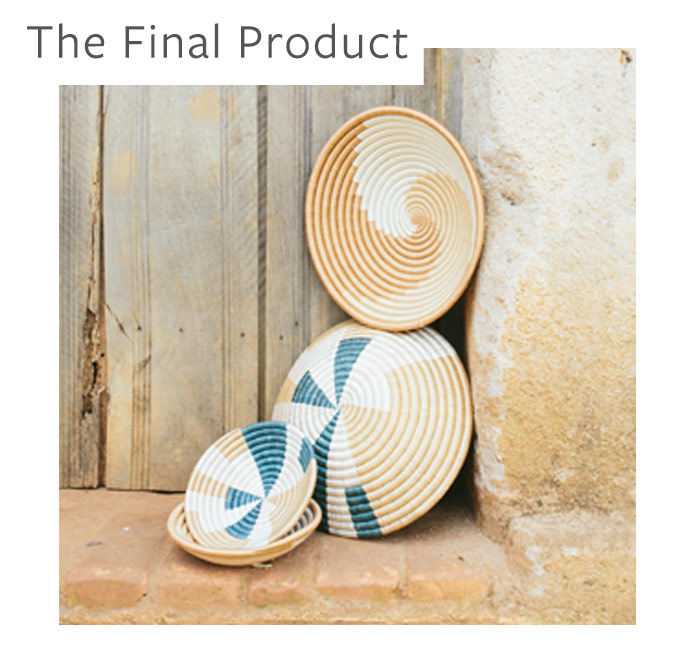



Leave a Reply
Want to join the discussion?Feel free to contribute!